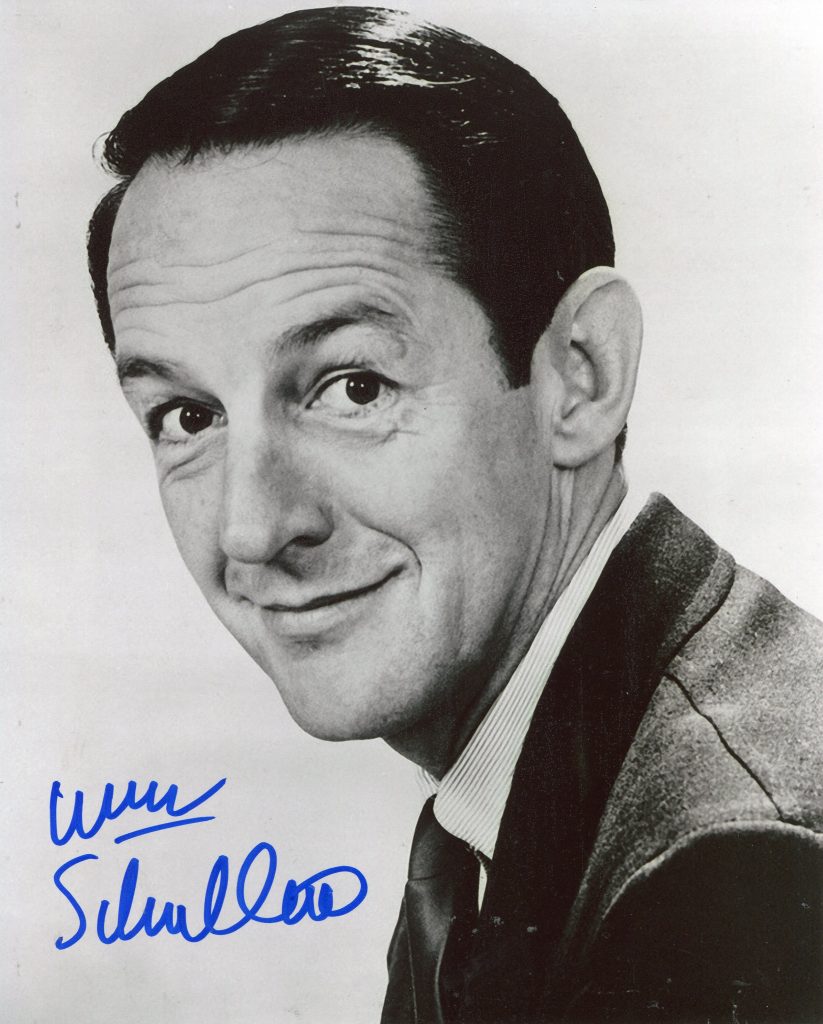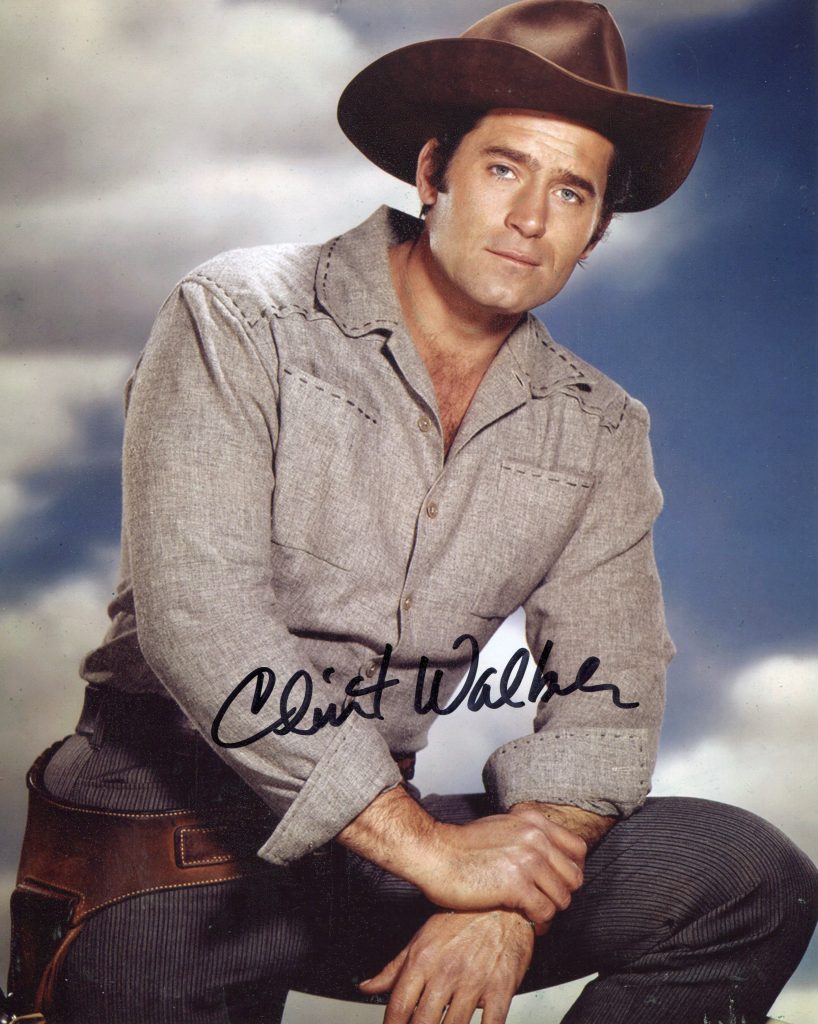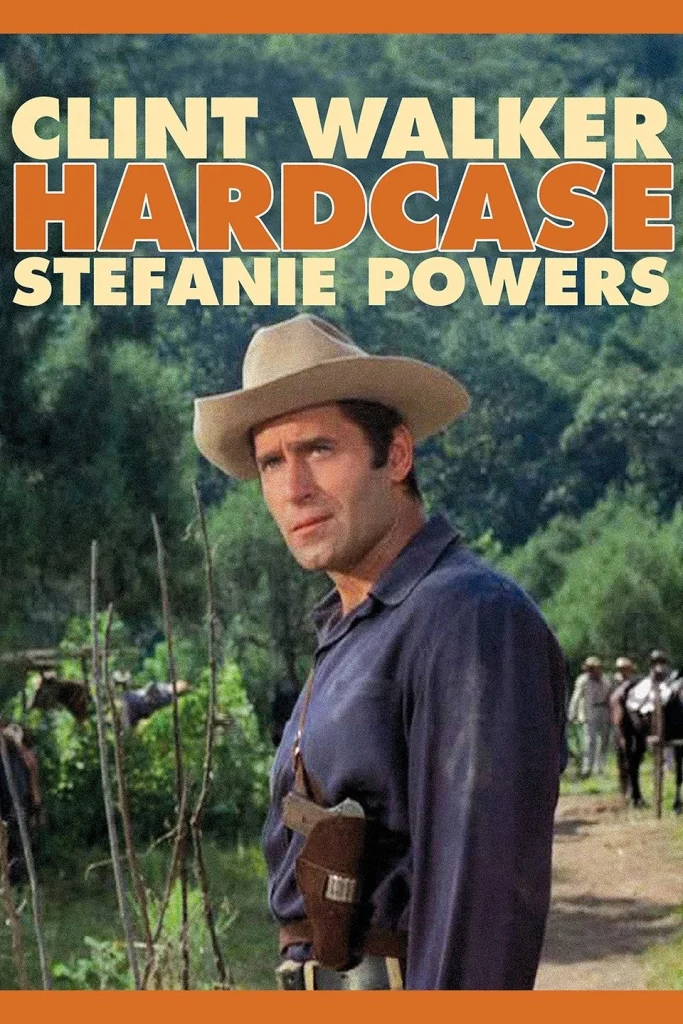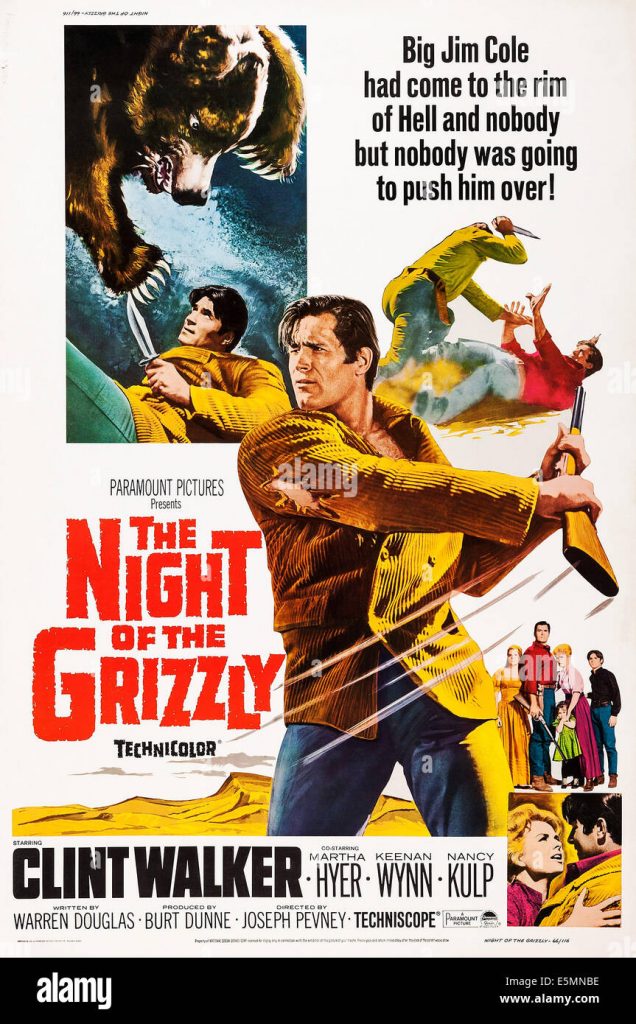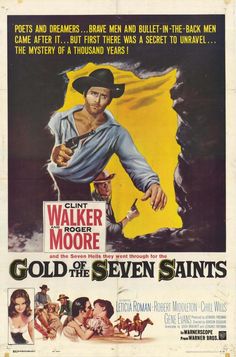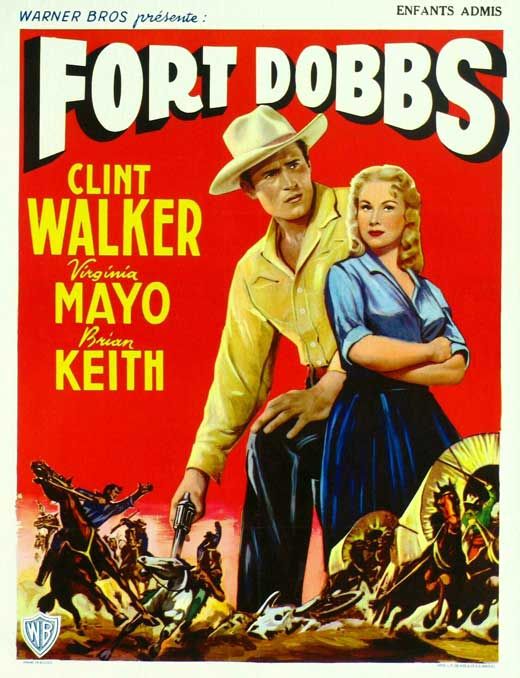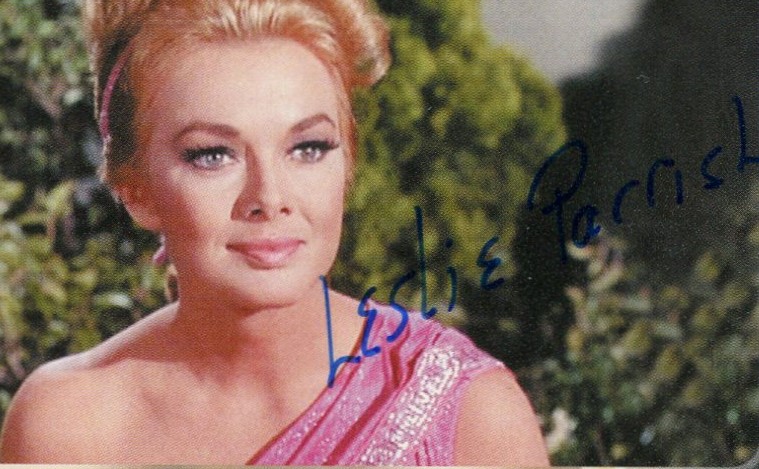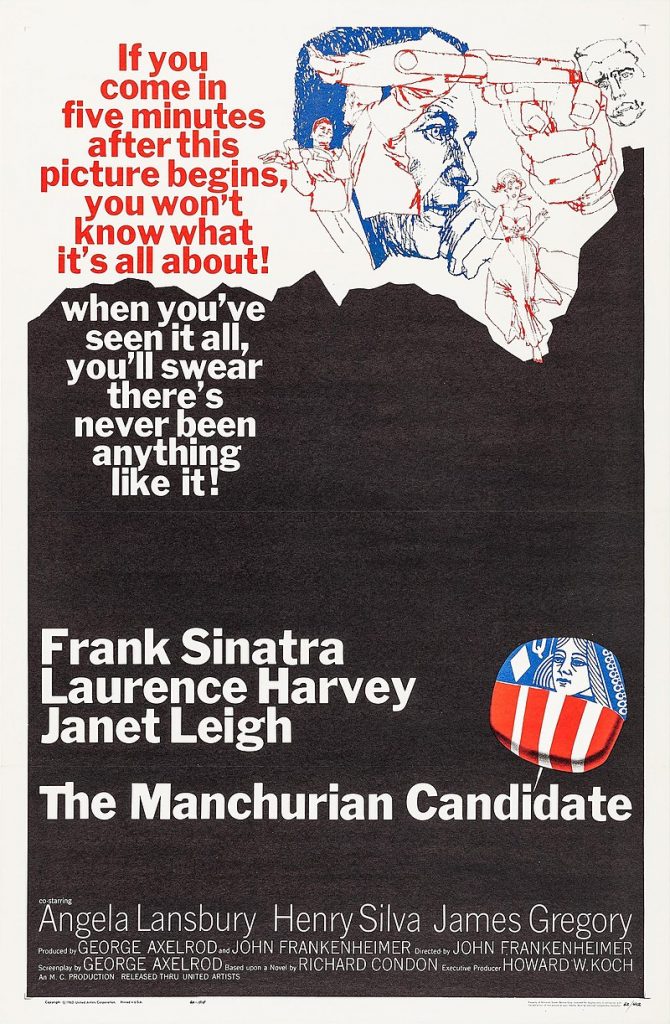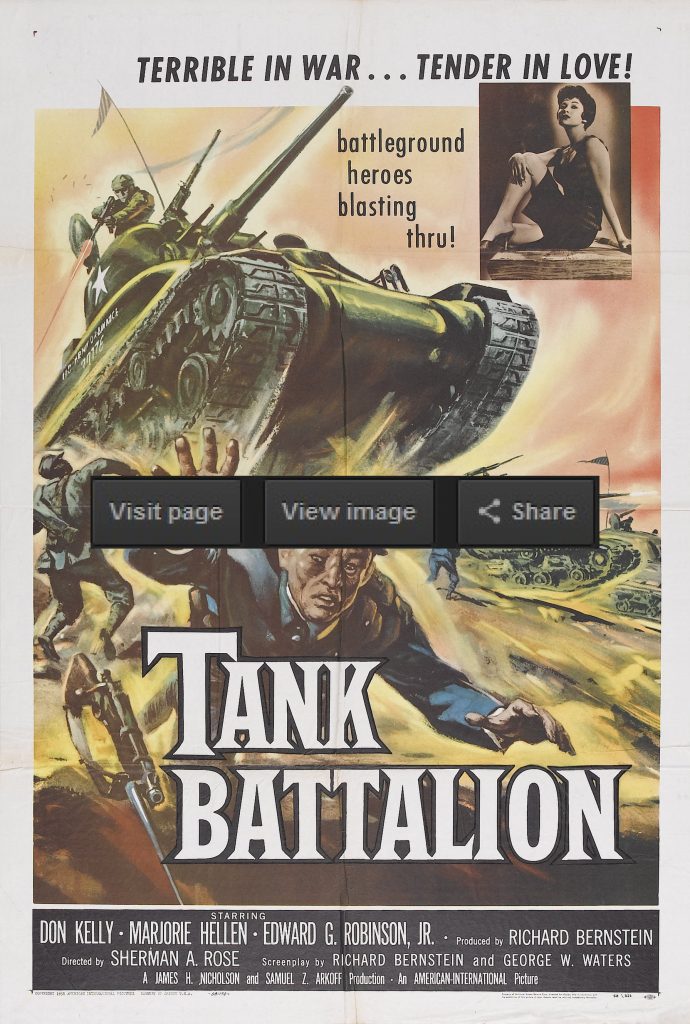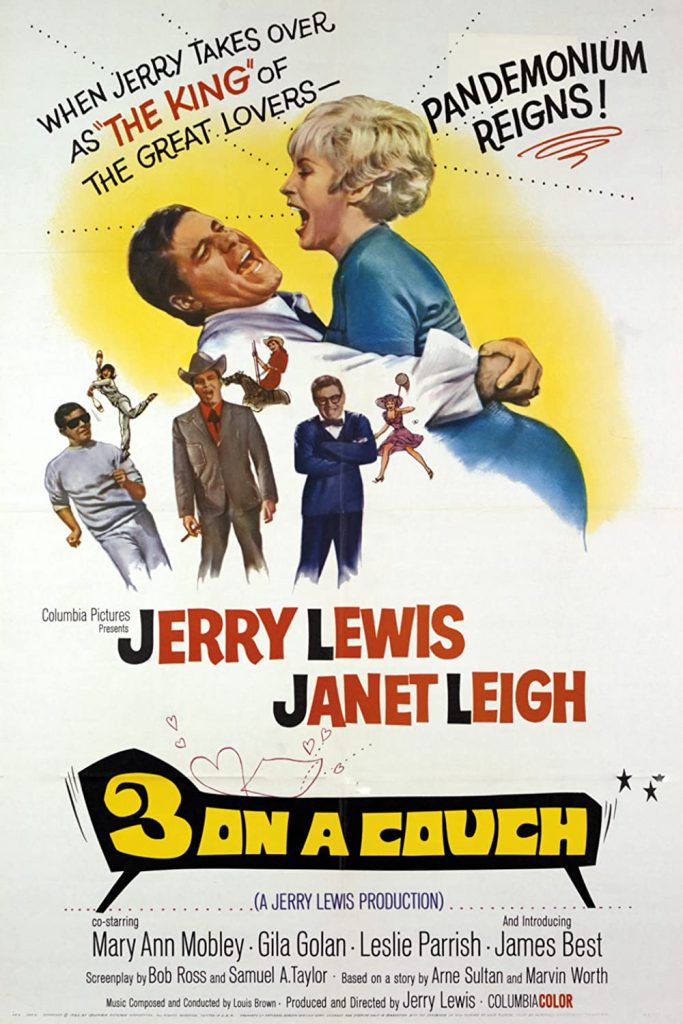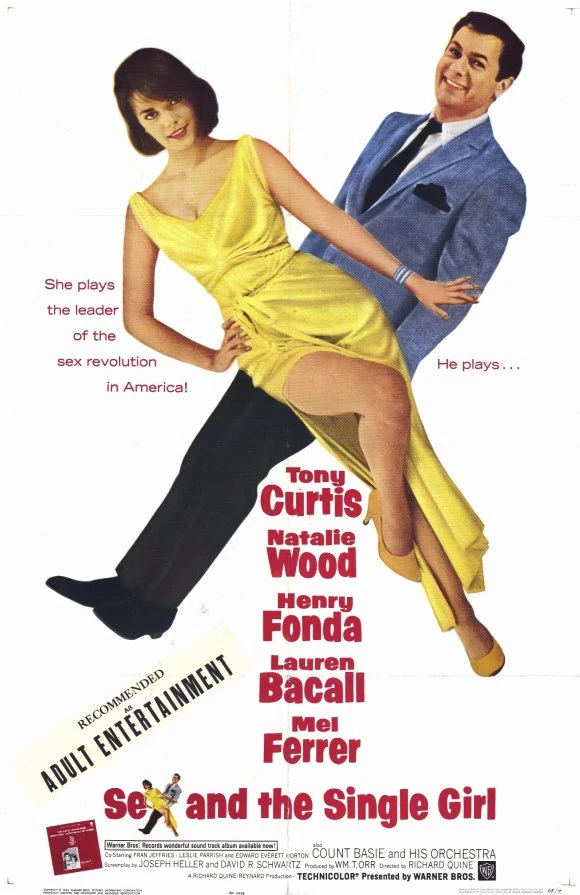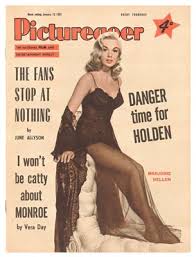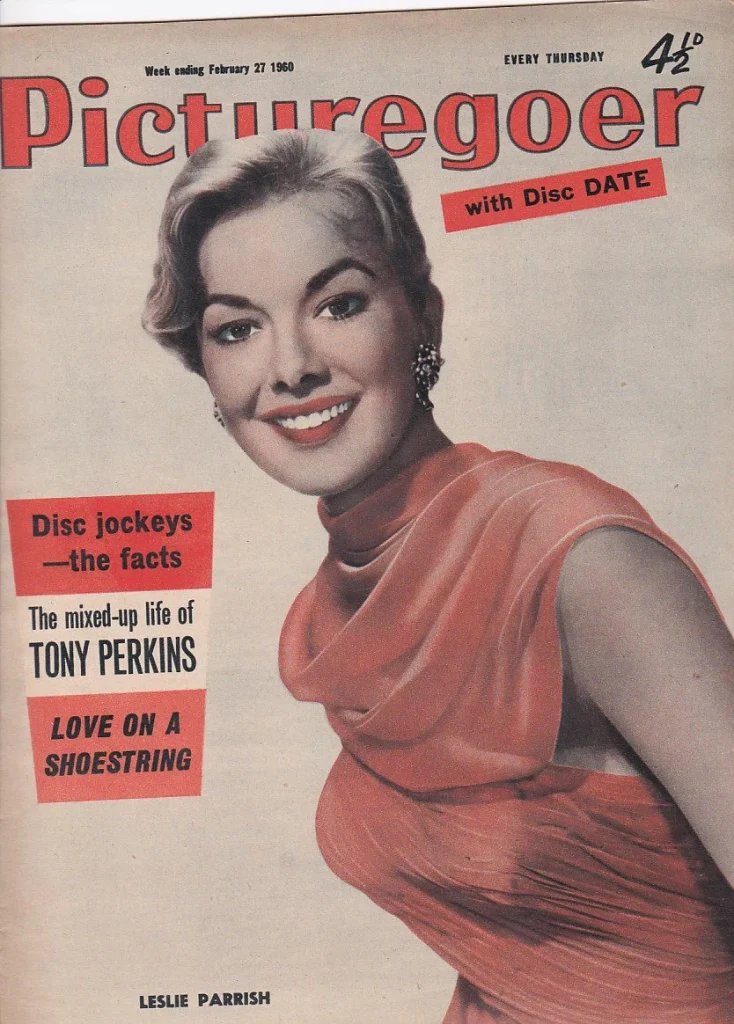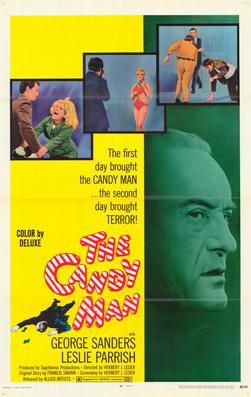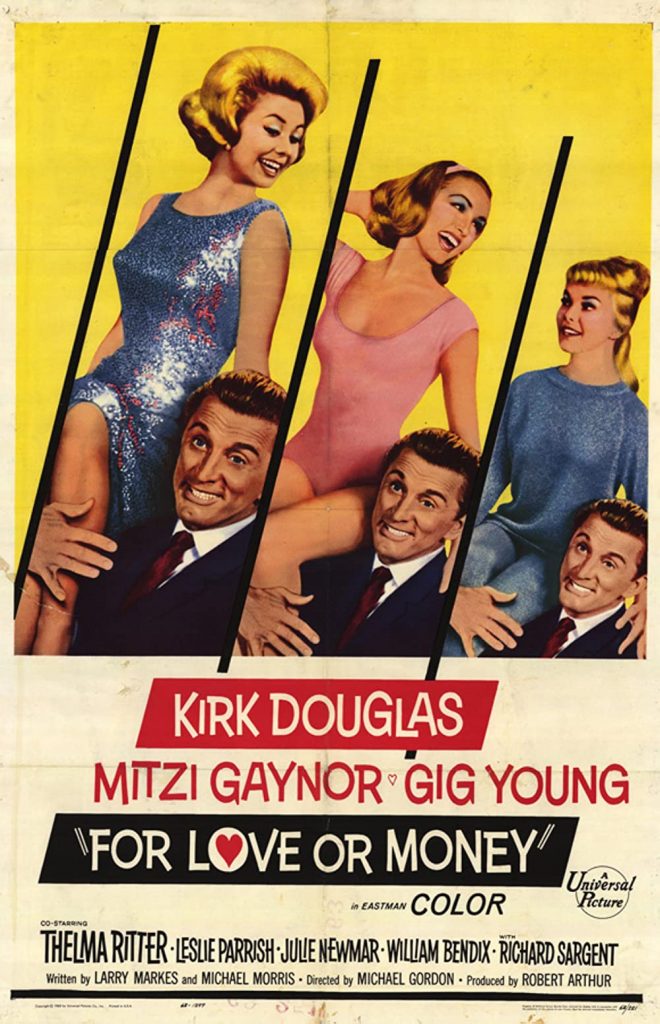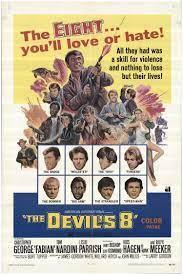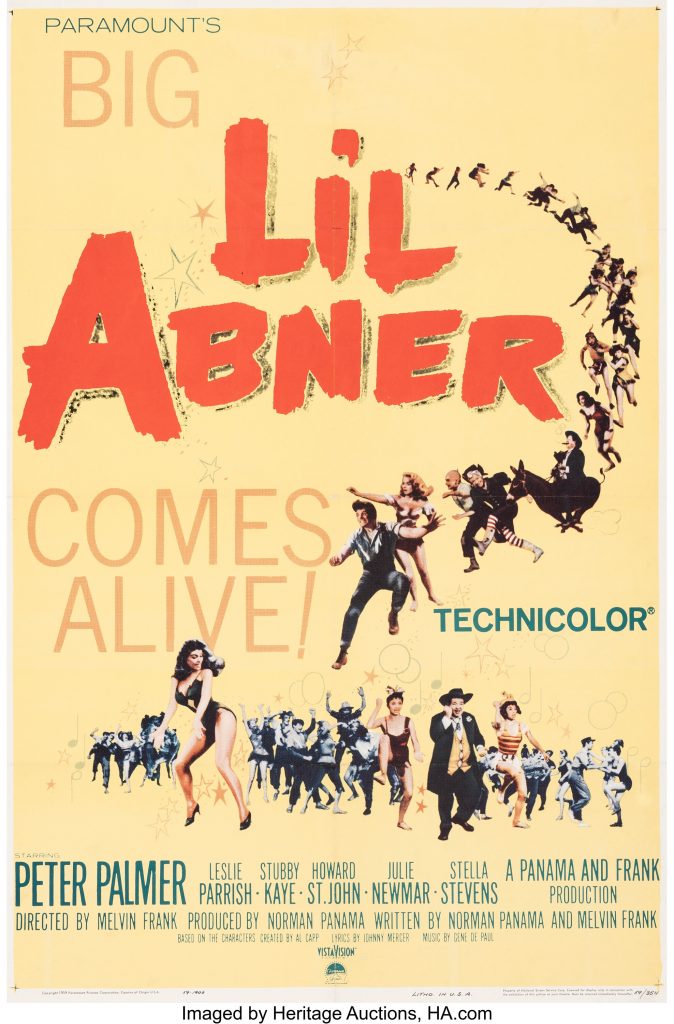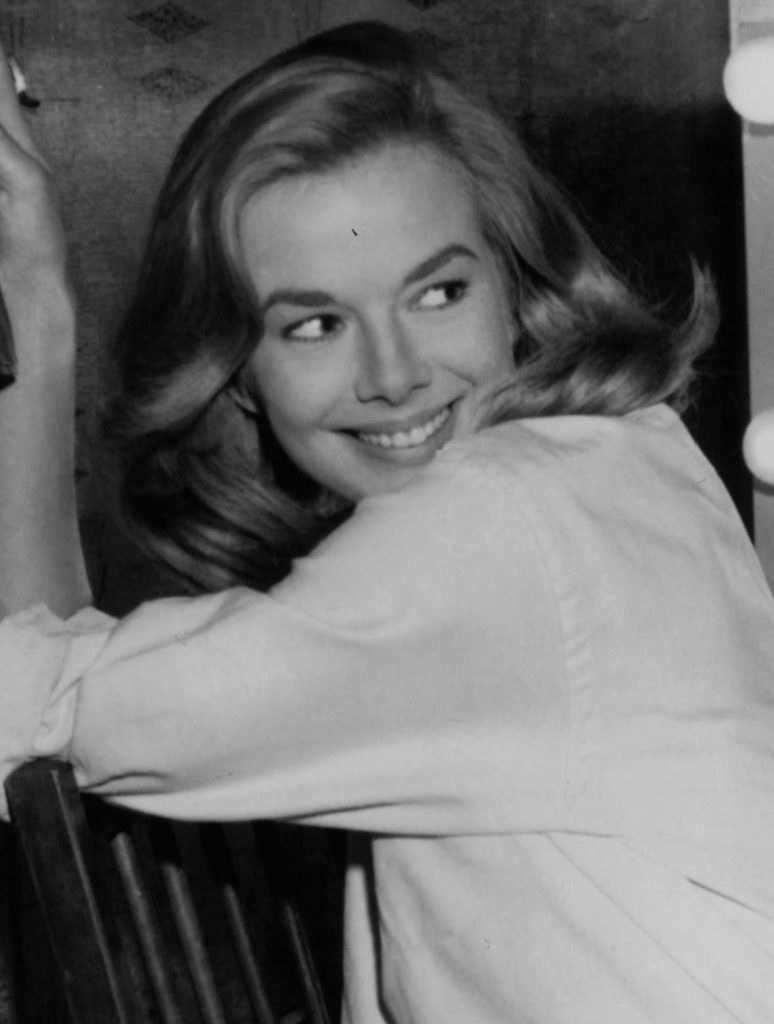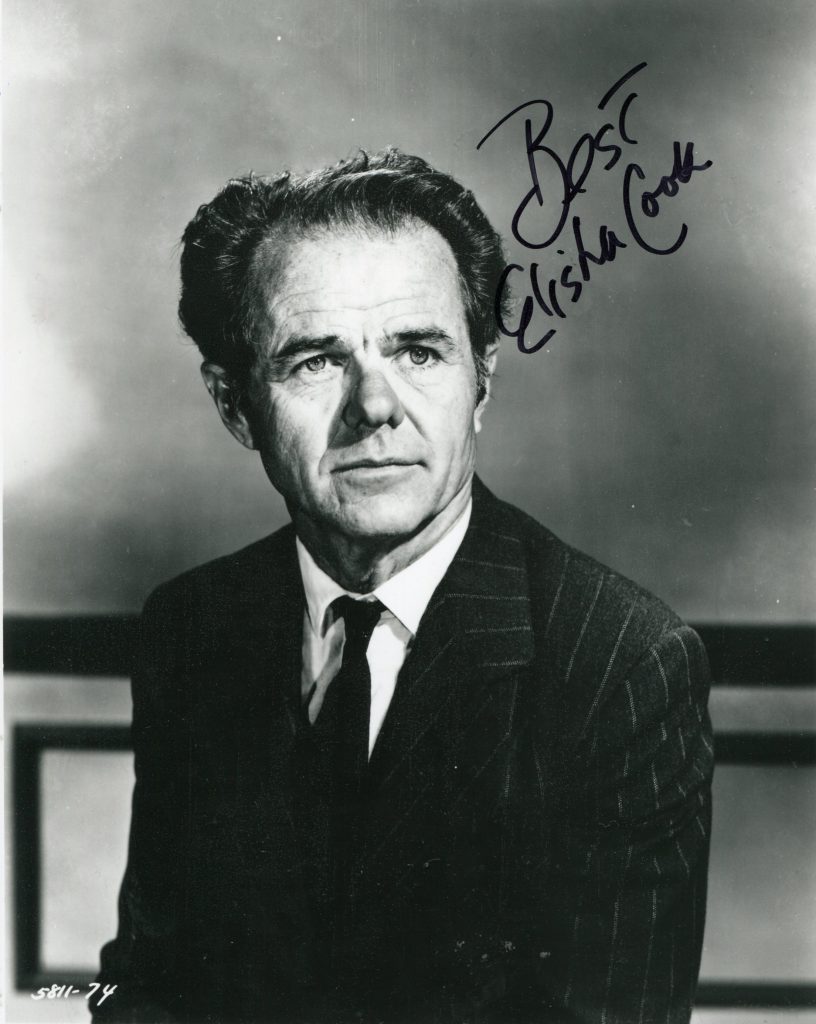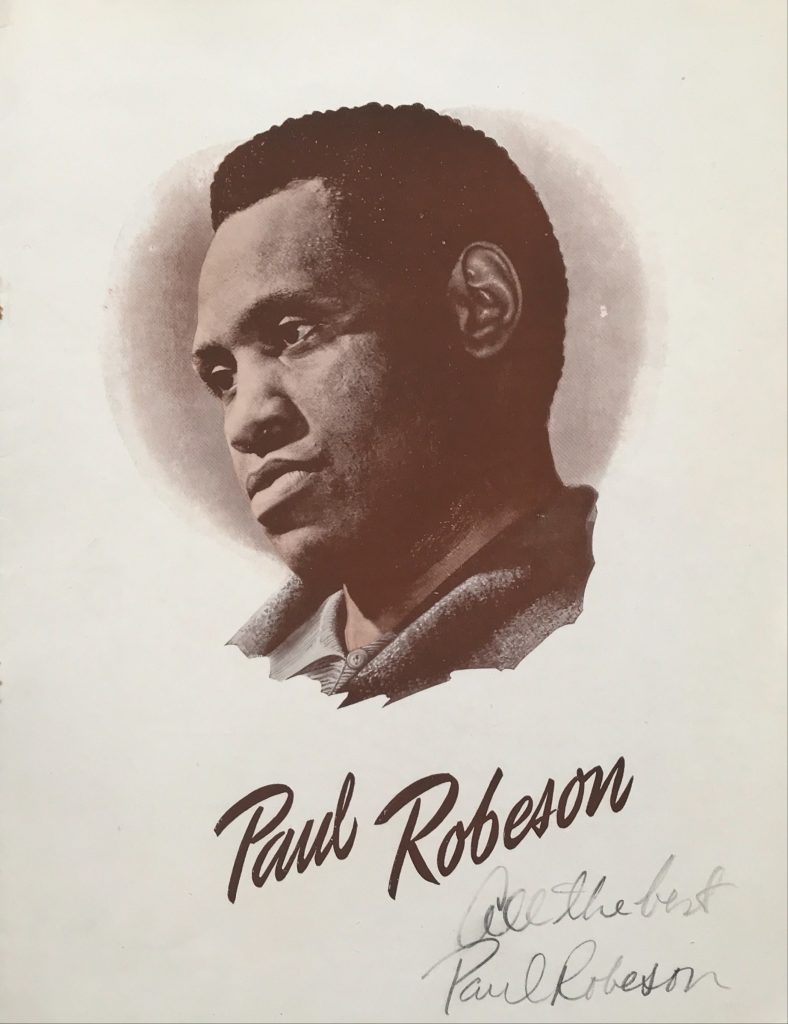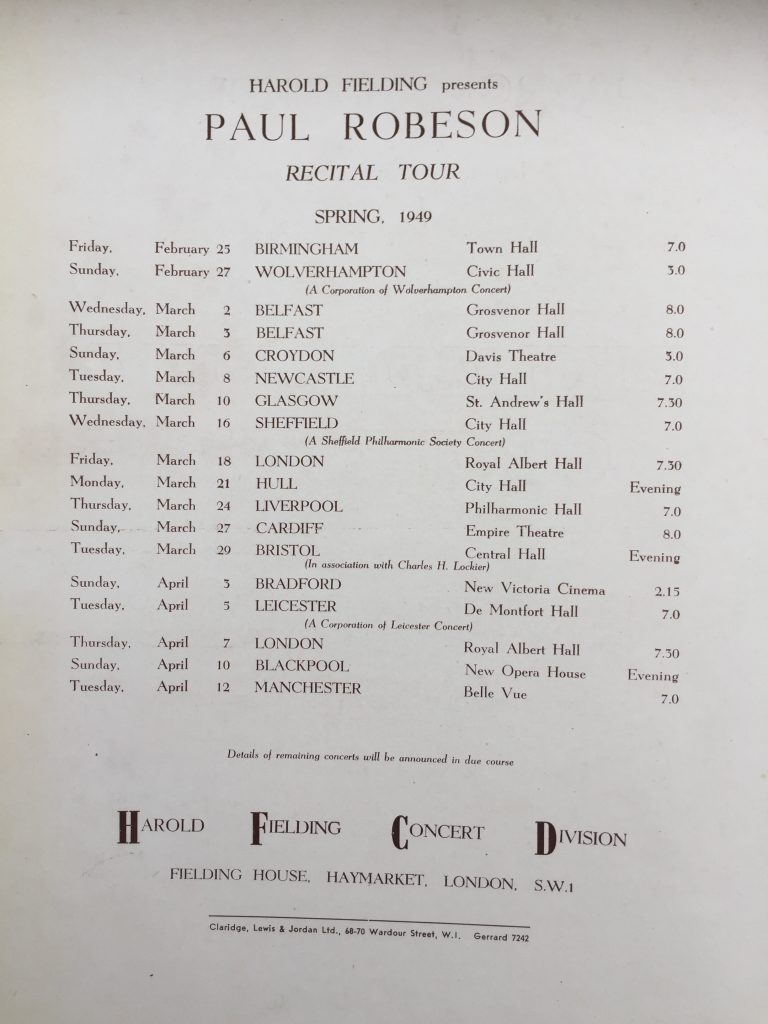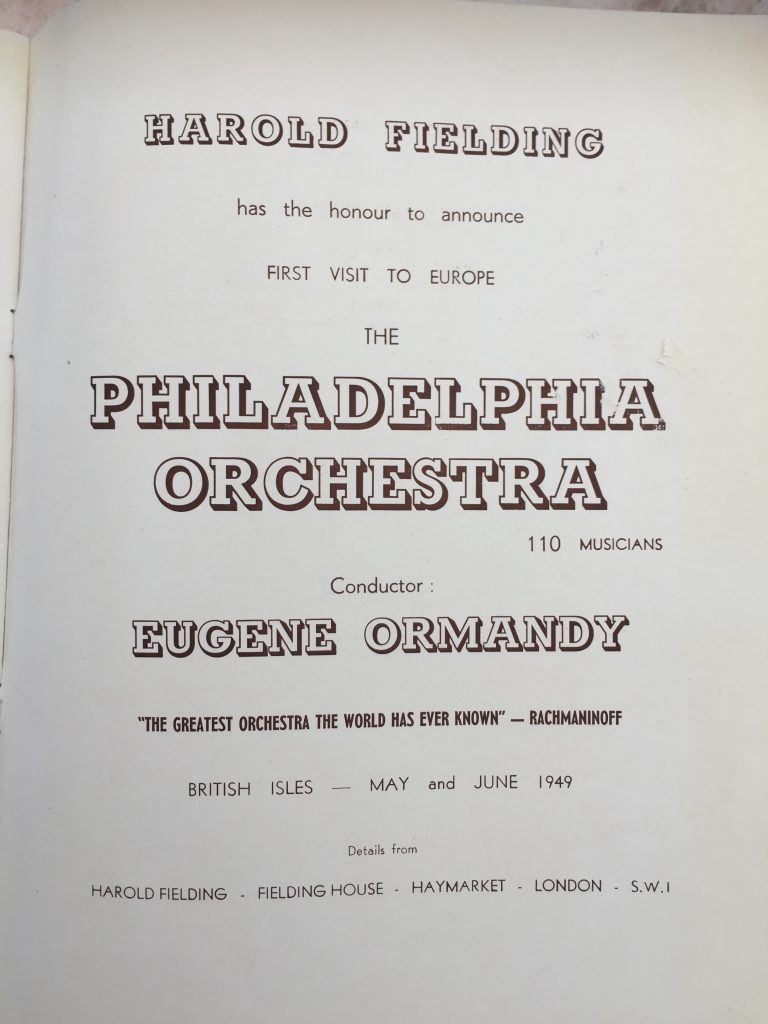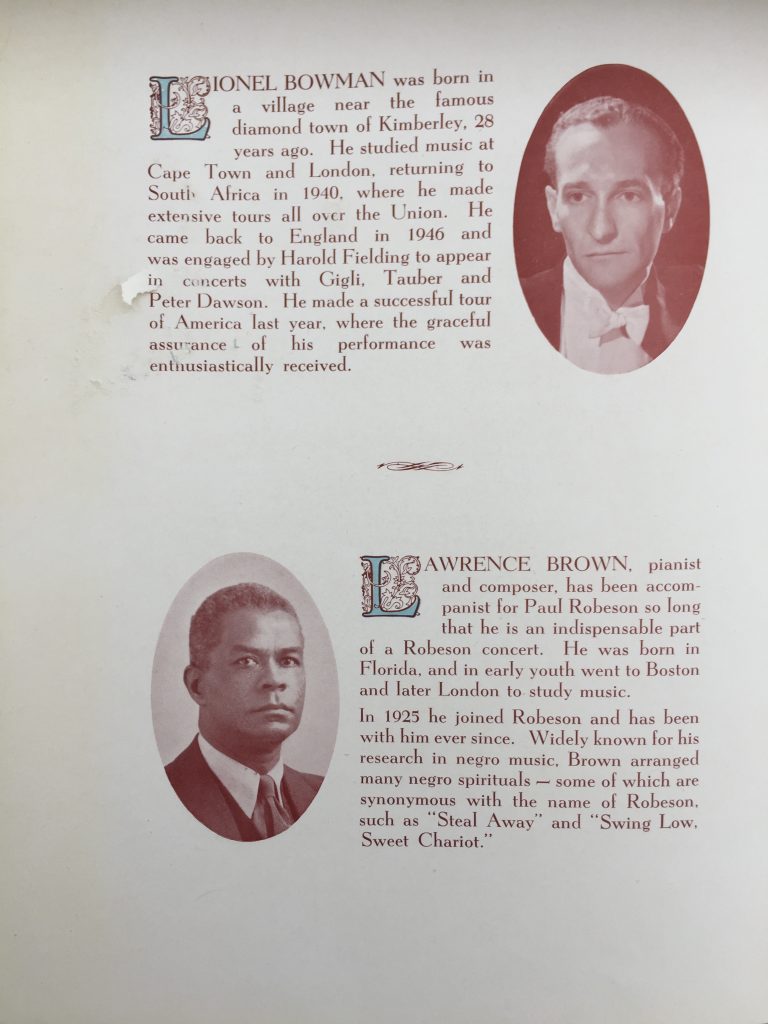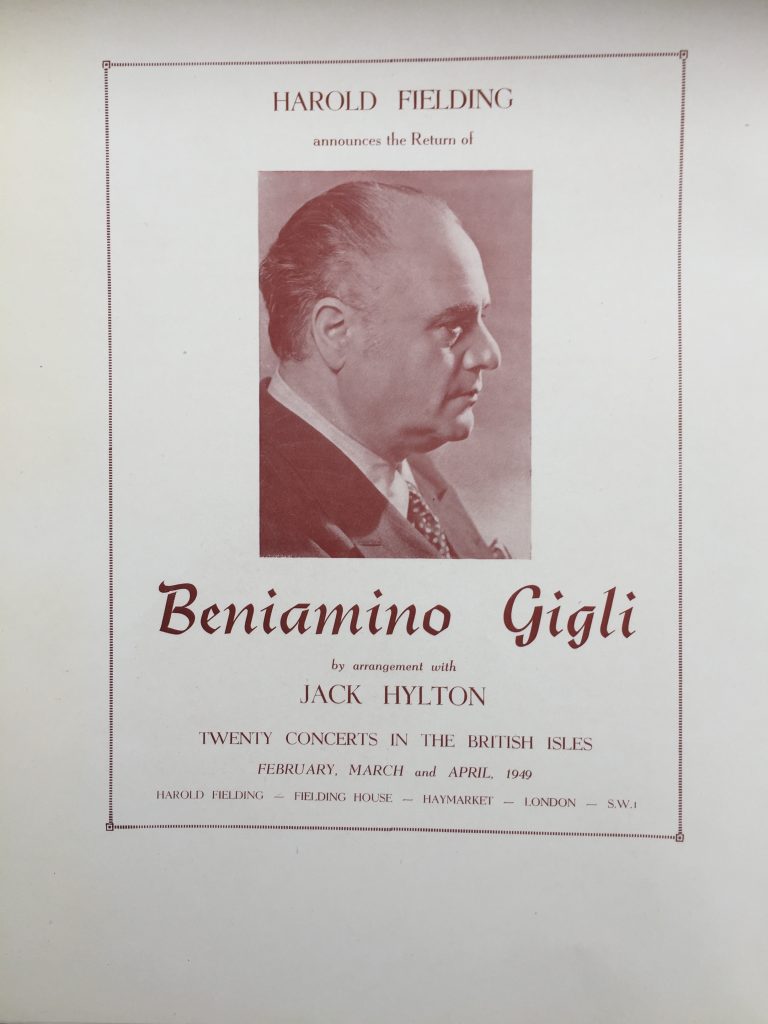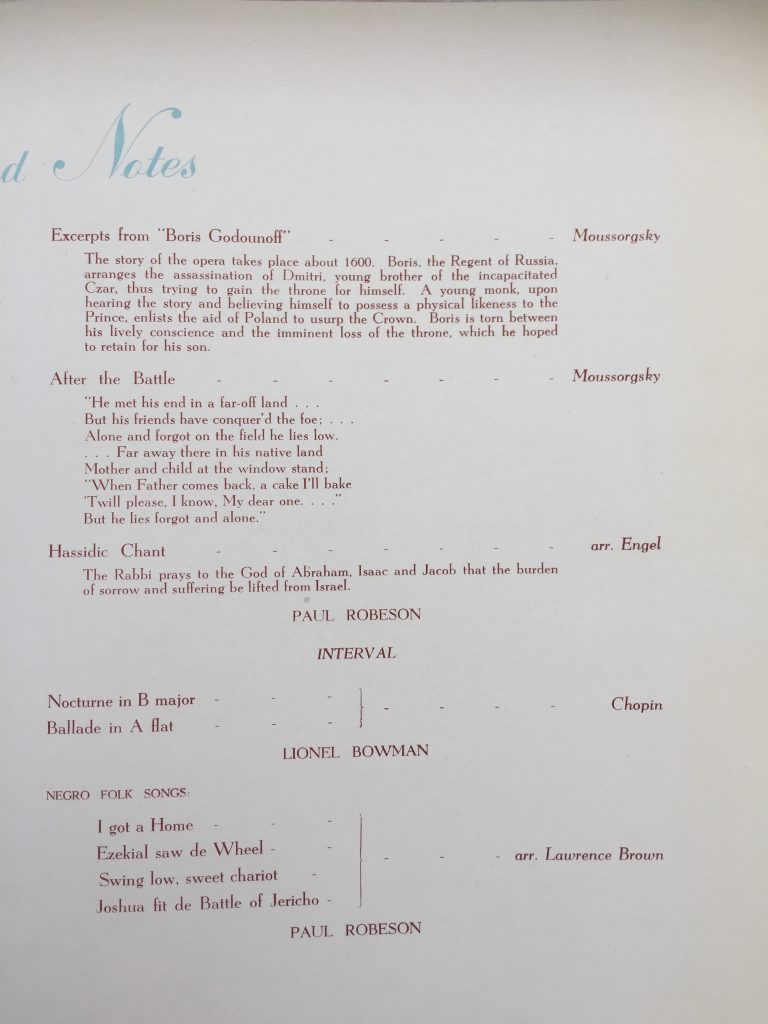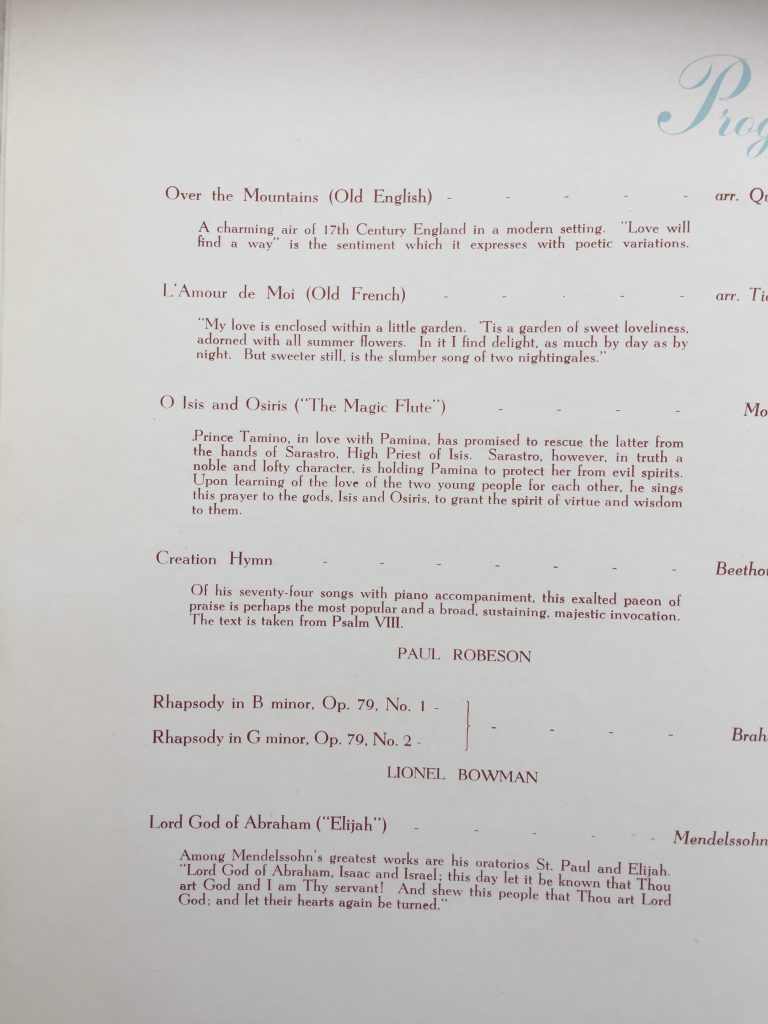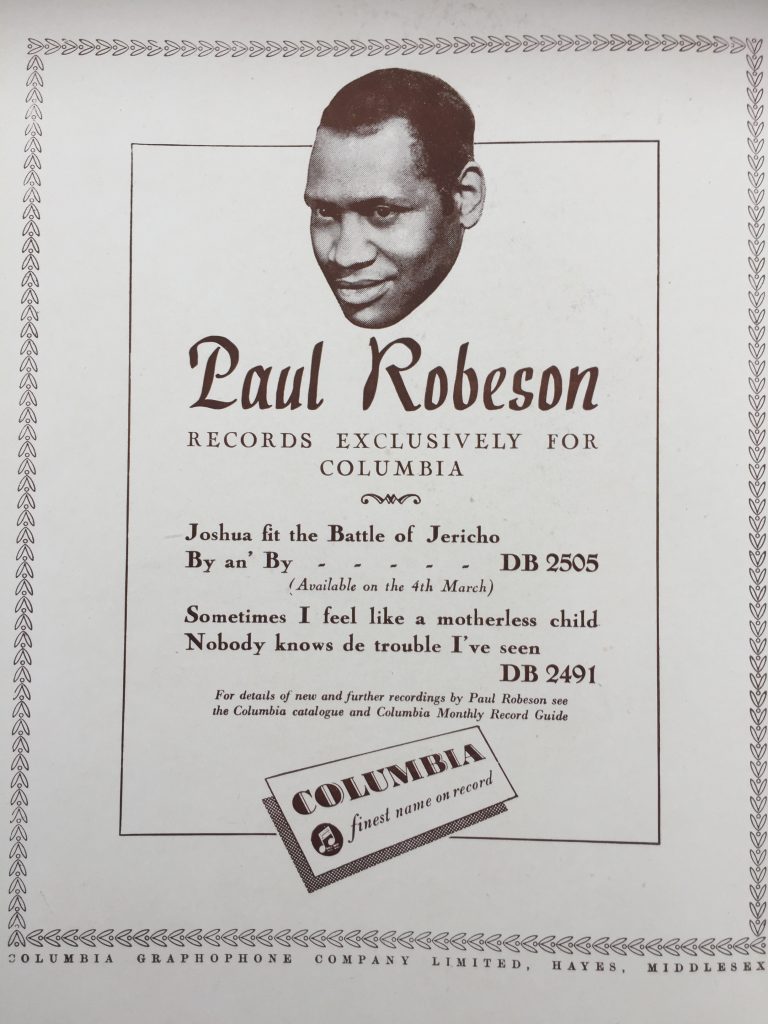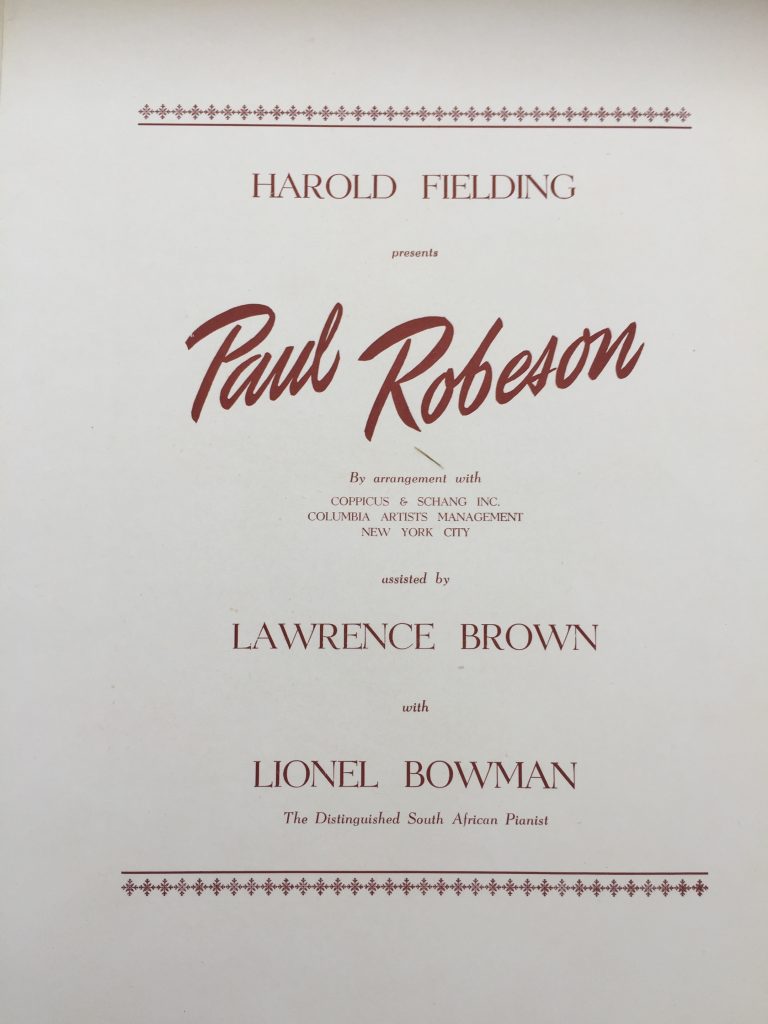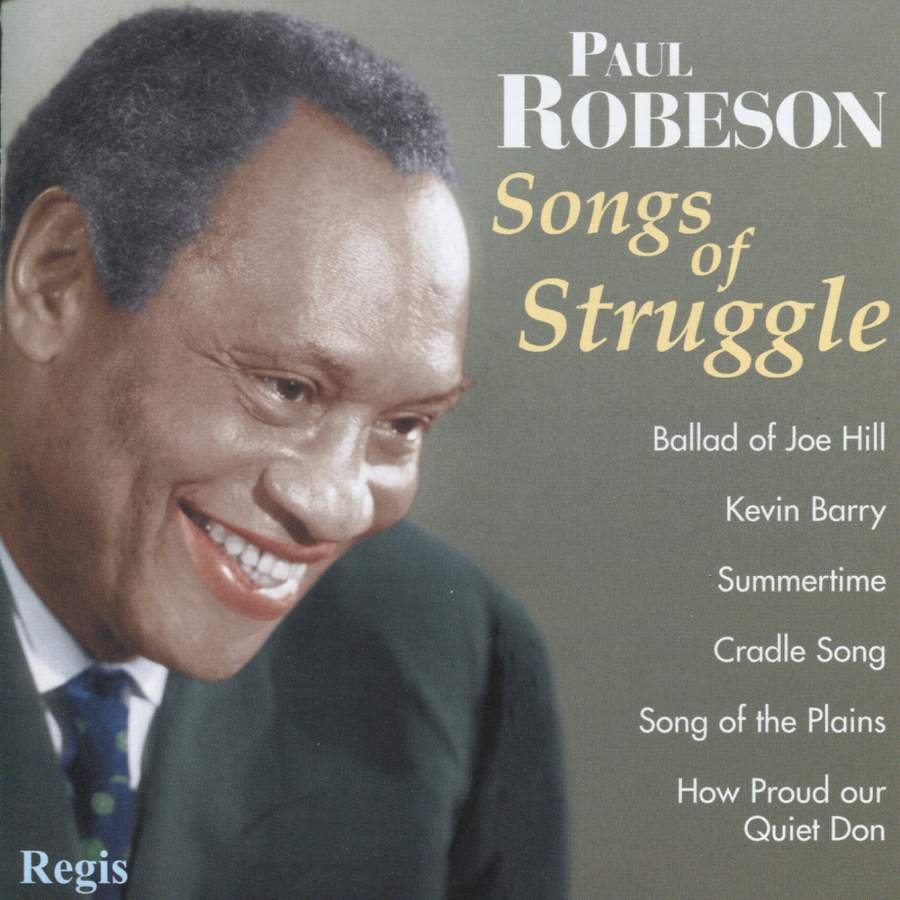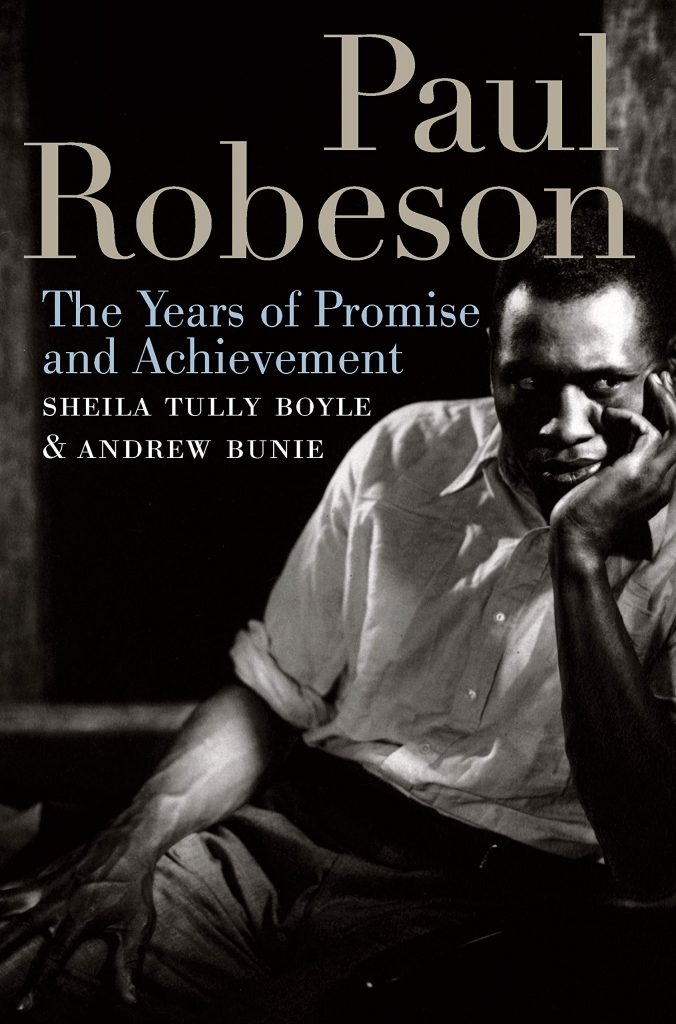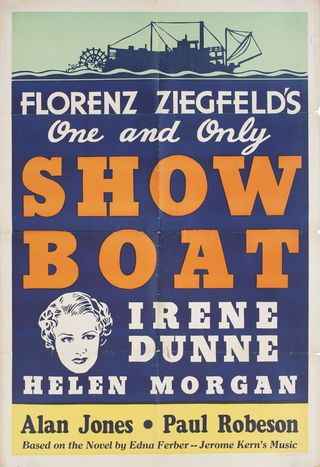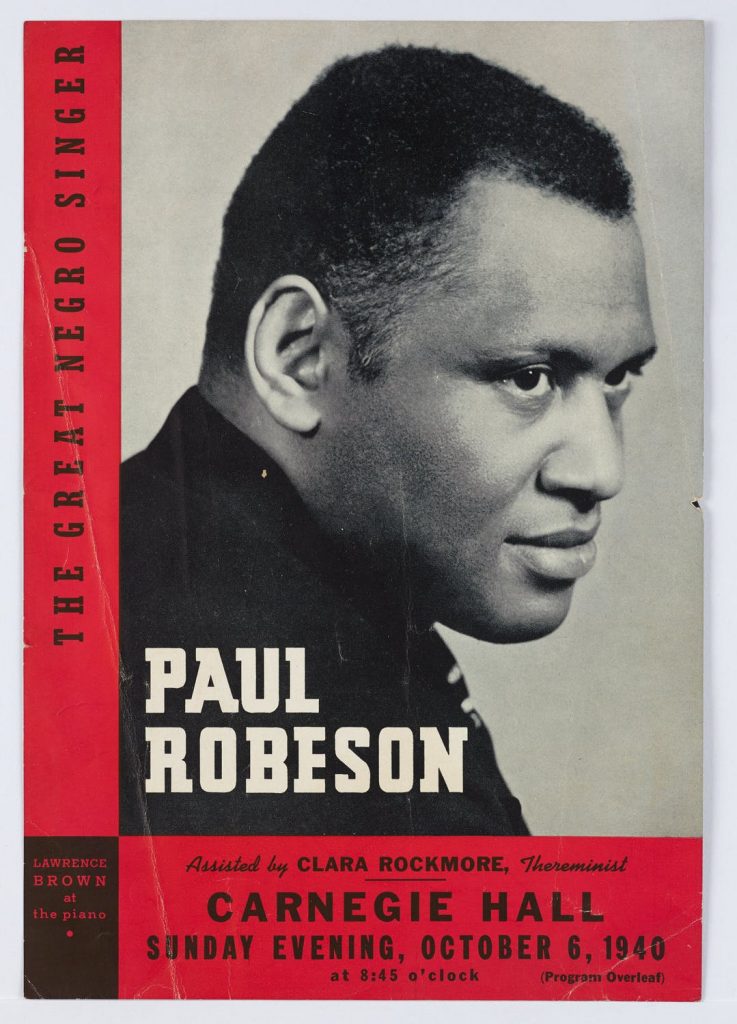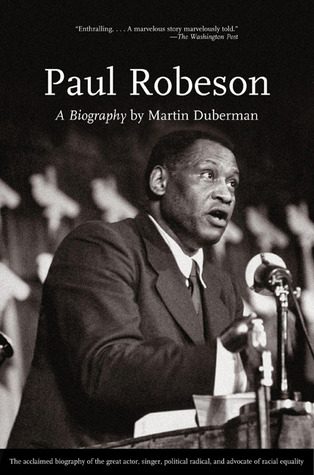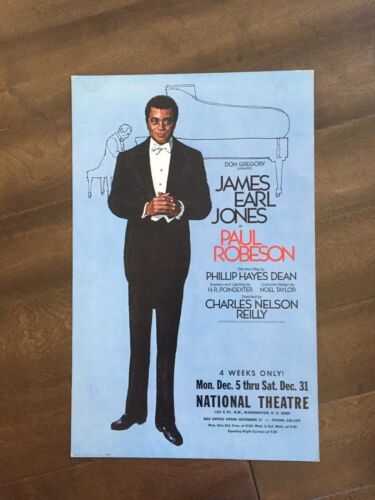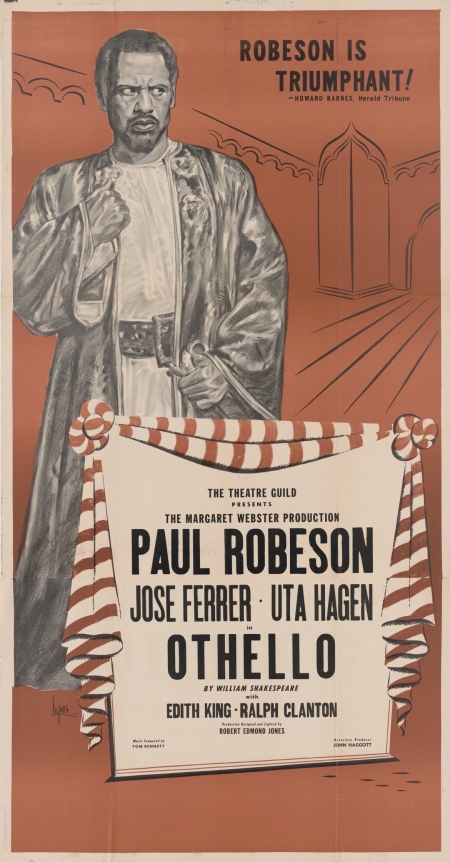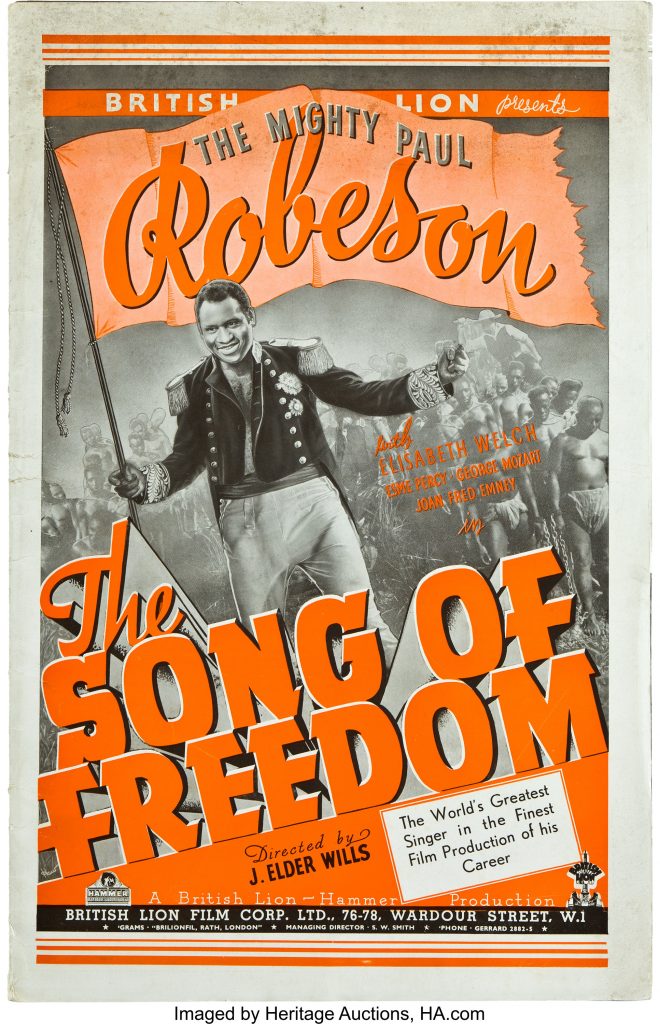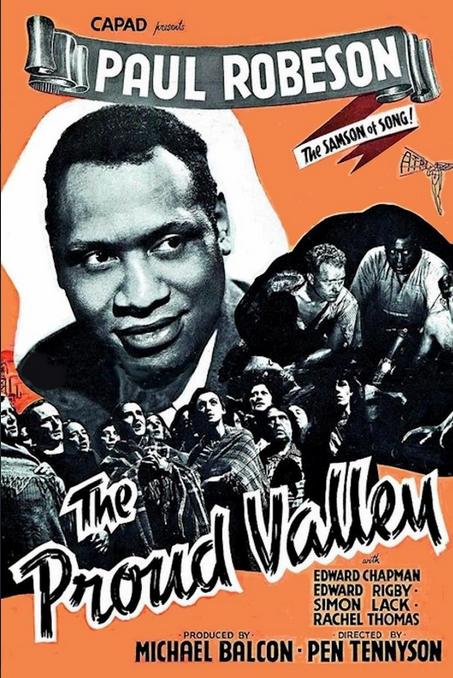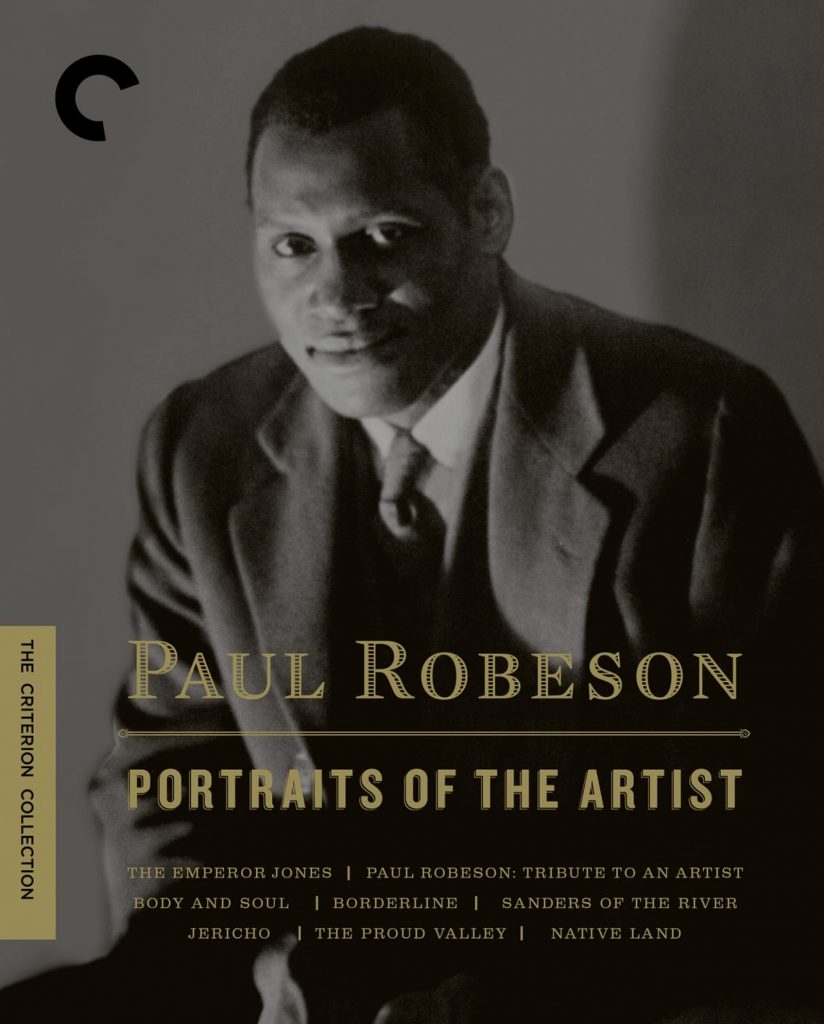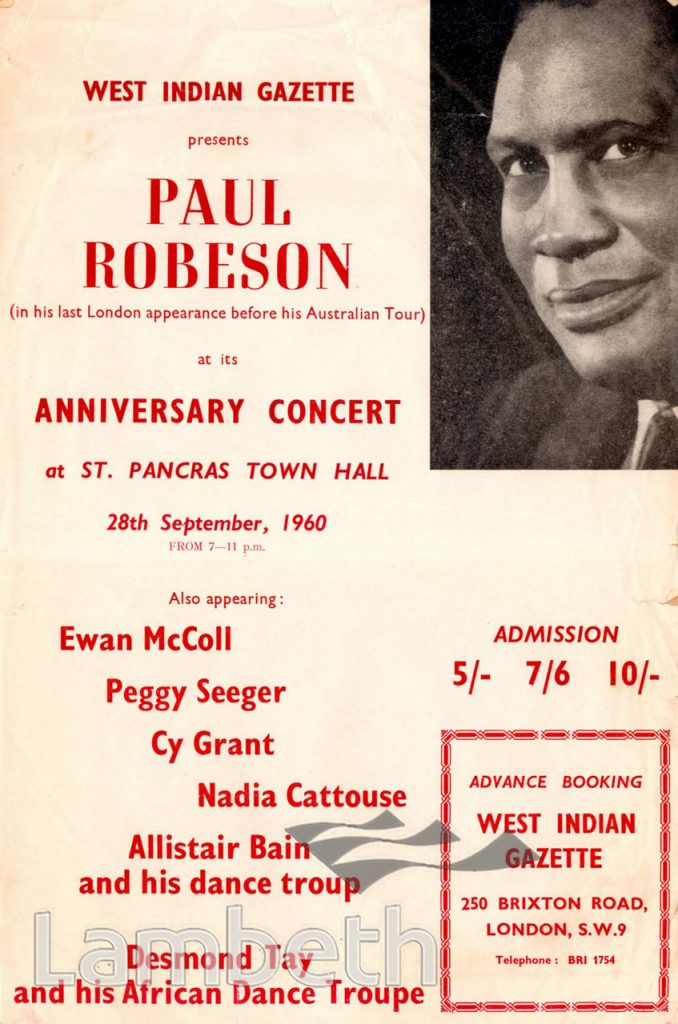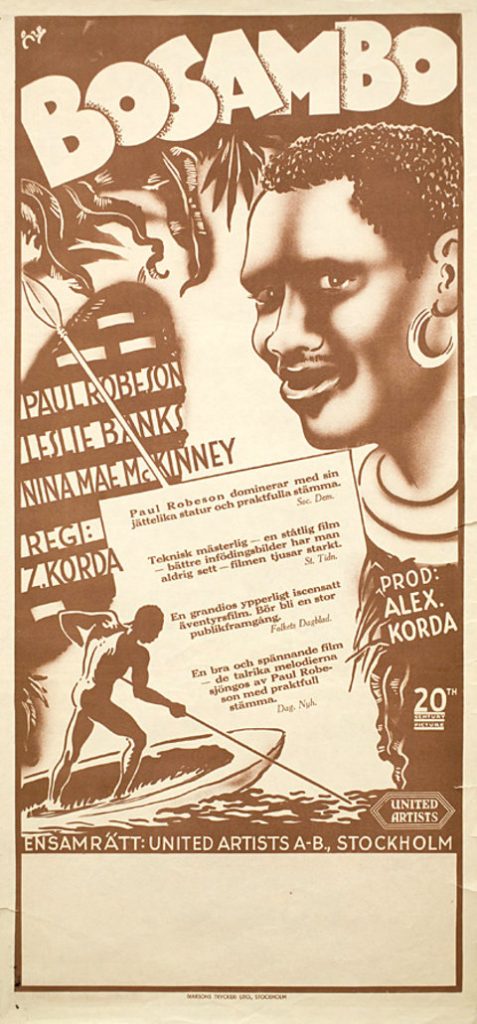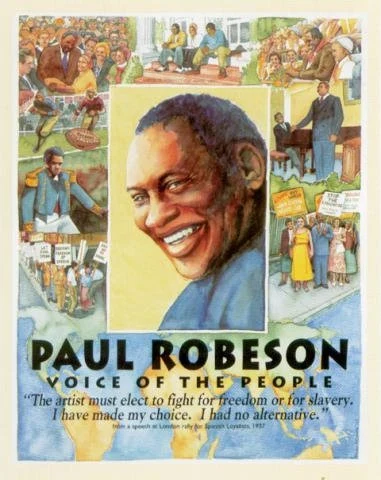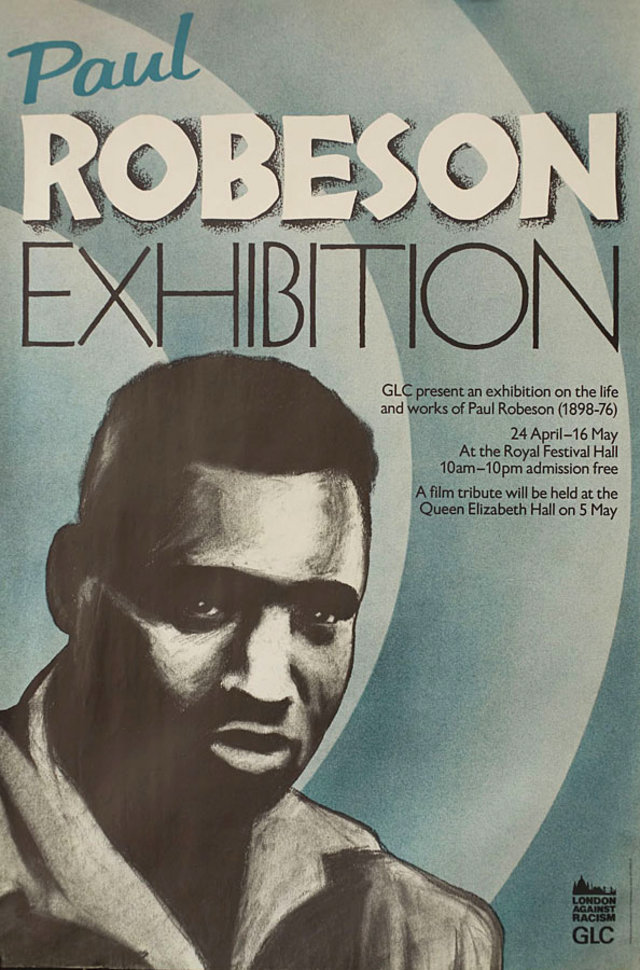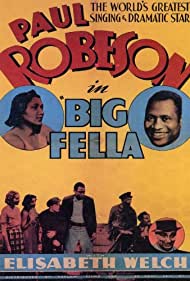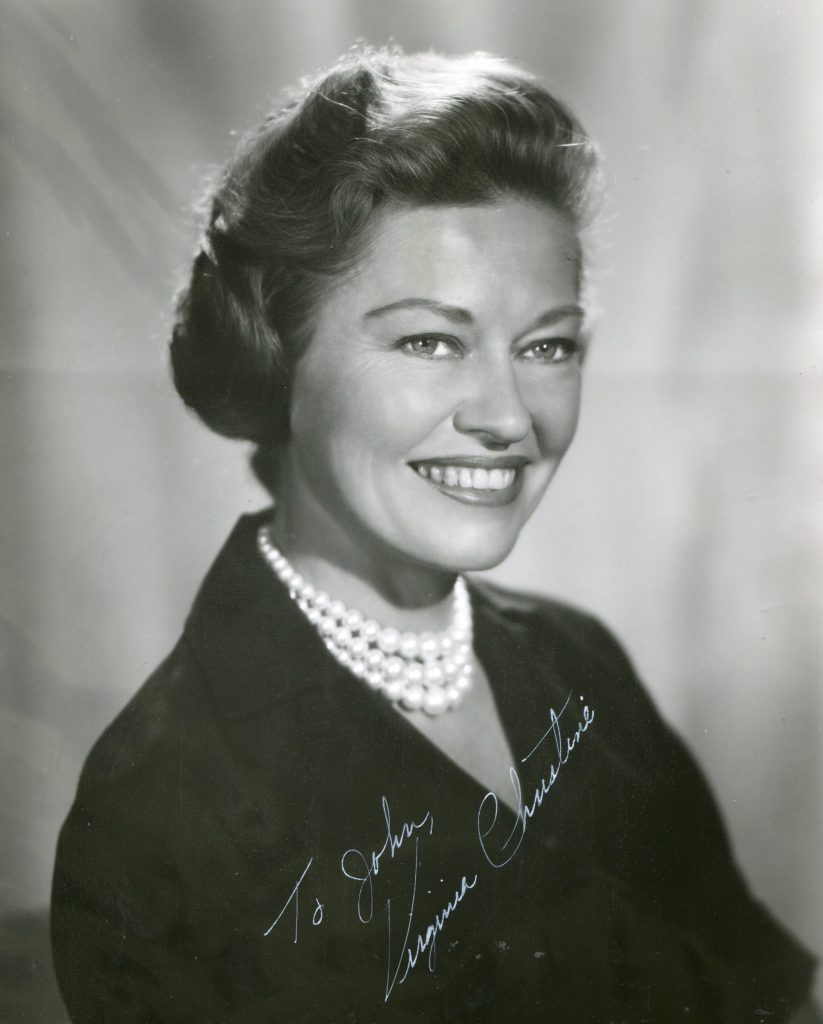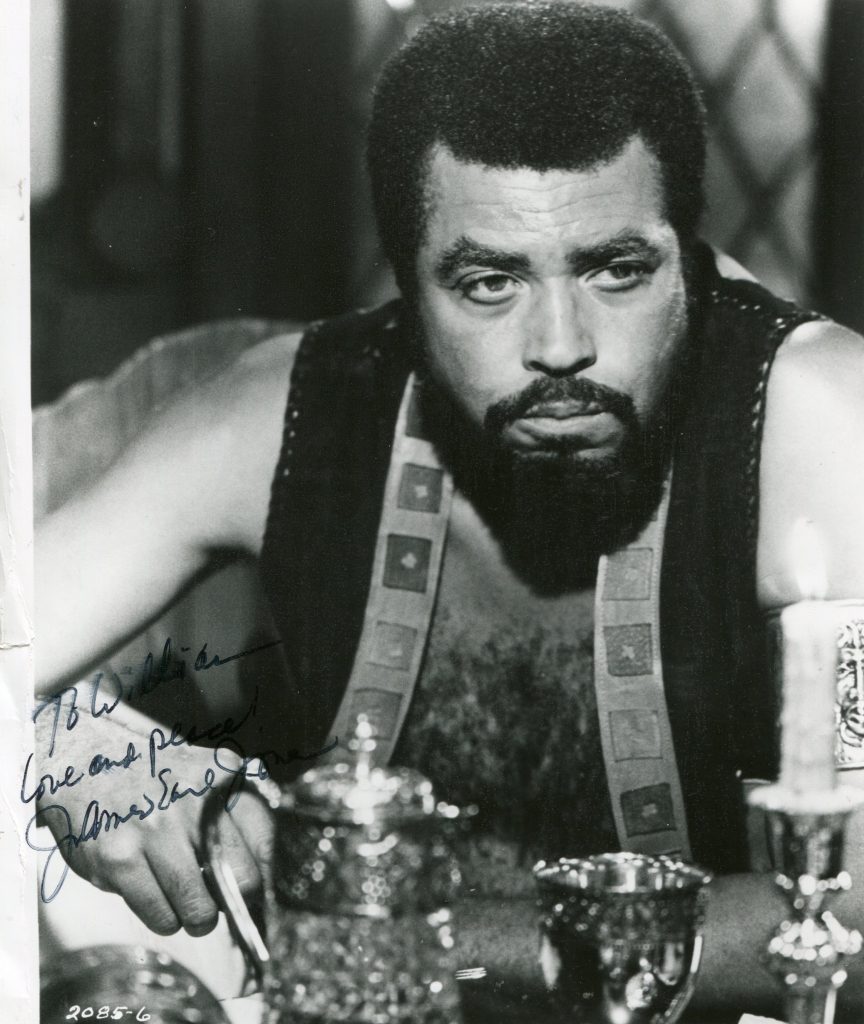
“Wikipedia” entry:
Robert Wolders (born 28 September 1936)[ is a Dutch television actor. Most known for his role in the television series Laredo and appearing in series such as The Man from U.N.C.L.E., Bewitched, and The Mary Tyler Moore Show. He was also the husband of Merle Oberon and longtime partner of Audrey Hepburn.
Wolders started out appearing in TV series like Flipper and The John Forsythe Show before landing the role of Erik Hunter in the second season of the TV series Laredo. He also had various guest roles in other shows, including Daniel Boone, The Man from U.N.C.L.E., The Name of the Game, The F.B.I., Bewitched, and The Mary Tyler Moore Show. Wolders stopped acting shortly after marrying Merle Oberon in 1975.
He met actress Merle Oberon while filming Interval in 1973. after filming with Wolders, she married Wolders in 1975. . They were married until her death in 1979.[ In 1980, Wolders became the companion of Audrey Hepburn until her death in 1993. .He died in 2018.
The Times obituary in 2018.
Actor who starred in the Sixties TV western Laredo but was better known as the long-term companion of Audrey Hepburn
Tuesday July 24 2018, 12.01am BST, The Times

When Robert Wolders first met Audrey Hepburn and invited her to dinner, she turned down his invitation, telling him that she had a night shoot for a film.
“I thought it was her gentle way of rejecting me,” he recalled. In fact, her prior engagement on the set of Peter Bogdanovich’s rom-com They All Laughed was genuine and she was as interested in Wolders as he was in her.
To his delight and surprise, she rang him the next day to ask him to join her for a drink at the Pierre hotel, facing Central Park in New York. Drinks led to plates of pasta and they talked for hours in what was the beginning of a loving relationship that sustained Hepburn over the last 12 years of her sometimes troubled existence. “I have a wonderful man in my life, I have my Robert,” she told Barbara Walters in a 1989 television interview. “He takes great care of me. He gives me that marvellous feeling that I’m protected and that I’m the most important thing to him.”
Indeed, Wolders became better known as Hepburn’s partner than for his own acting career, but it never seemed to trouble him. He had arrived in Hollywood two decades earlier when he was quickly typecast as an exotic lover; his Dutch accent added a touch of mystery.
He made his mark starring in the 1960s TV western Laredo as the dashing Texas ranger Erik Hunter, a character he described as “a combination of Errol Flynn, 007 and Casanova”. He also appeared in films such as Beau Geste and Tobruk and made guest appearances in TV shows including The Man from U.N.C.L.E., Bewitched and The Mary Tyler Moore Show.
After marrying Merle Oberon, another actress whose CV outshone his own and with whom he co-starred in the 1973 film Interval, he turned his back on acting and never appeared on the big screen again. “Acting for me was a hardship,” he observed in attempting to explain his unexpected retirement before he was 40. “I had no confidence.”
He never regretted the decision, but later admitted that on occasions when he saw a particularly wooden piece of acting he allowed himself the inward satisfaction of thinking, “I could have done better than that.”
When he encountered Hepburn in 1980 he was still grieving for Oberon, who had died the previous year after a stroke. “We met at a time when we each had gone through trials, but we knew exactly what we wanted,” he said. “Togetherness.”



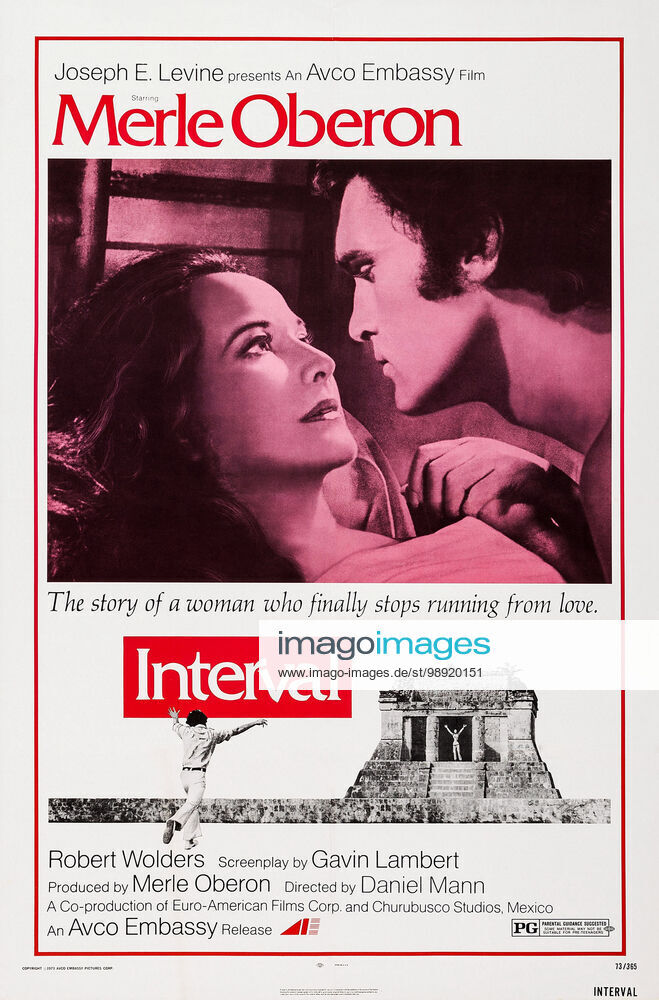
At 50 Hepburn was “not in a happy place” either. She was facing the collapse of her relationship with the Italian psychiatrist Andrea Dotti, who was her second husband.
In Wolders she claimed finally to have met “her spiritual twin”, the man with whom she wanted to grow old. It required little persuasion when she suggested that he abandon his life in America to live with her in Switzerland.
At her estate of La Paisible (The Place of Peace), in Tolochenaz in the foothills of the Alps, they lived a contented life away from the public eye, bringing up Hepburn’s youngest son, Luca, and, in later years, dedicating much of their time to charitable work.
Wolders described an idyllic routine. Their days began with toast spread with Hepburn’s homemade plum jam before they worked together in the dining room. Lunch comprised greens from the garden, French bread and a slice of Gruyère cheese. After a siesta they would take a leisurely walk through the vineyards with a pair of Jack Russell terriers named Penny and Missy, whom Hepburn called “my little hamburgers”. Their evenings were spent watching tapes of their favourite films. “We are married, just not formally,” Hepburn said. The couple’s only regret was that she was too old for them to have a child.
In 1987 Hepburn was appointed a goodwill ambassador for Unicef. Wolders accompanied her on many of her missions for the global children’s charity, including a traumatic trip to war-ravaged Somalia in 1992.
Her death at 63 came as a shock. When they returned from Somalia, Hepburn experienced intense abdominal pains that she attributed to a stomach bug; it turned out to be cancer of the appendix. She underwent surgery in Los Angeles, but her doctors warned the couple that she had little time left.
After Hepburn had made it clear that she wanted to spend her final weeks at La Paisible, Wolders arranged with the designer Hubert de Givenchy (obituary, March 13, 2018) to borrow his private jet to take her home; she was too weak to fly on a commercial aircraft. The couple had one last traditional Christmas together before she died in her sleep on January 20, 1993.
In her will she left Wolders two silver candlesticks, while her sons, Sean and Luca, with whom he continued to work on the board of the Audrey Hepburn Children’s Fund, inherited the estate.
After her death he returned to the US where he had relationships with the actress Leslie Caron and, for the last 20 years of his life, with Henry Fonda’s widow, Shirlee. She was “a great friend of Audrey, and a great friend of Merle,” he said. “Maybe it sounds odd but I knew that Merle would have approved of me being with Audrey, and Audrey would have approved of Shirlee.”
Robert Wolders was born in Rotterdam in the Netherlands. The son of an actress, he arrived in the US in the mid-1950s to study psychotherapy at the University of Rochester, where he joined the university stage society. He went on to study at the American Academy of Dramatic Arts in New York. Although he intended to complete his doctorate at Rochester, he was then invited to a screen test in Hollywood.
“I thought it was a lark, and I’d never been to the west coast,” he said. “It was a nice opportunity to come over, then to be sent back with my tail between my legs.” When offered the job he was still minded to turn it down. “I was going to return to my studies,” he said. “Then they told me what they were paying.”
Her death at 63 came as a shock. When they returned from Somalia, Hepburn experienced intense abdominal pains that she attributed to a stomach bug; it turned out to be cancer of the appendix. She underwent surgery in Los Angeles, but her doctors warned the couple that she had little time left.
After Hepburn had made it clear that she wanted to spend her final weeks at La Paisible, Wolders arranged with the designer Hubert de Givenchy (obituary, March 13, 2018) to borrow his private jet to take her home; she was too weak to fly on a commercial aircraft. The couple had one last traditional Christmas together before she died in her sleep on January 20, 1993.
In her will she left Wolders two silver candlesticks, while her sons, Sean and Luca, with whom he continued to work on the board of the Audrey Hepburn Children’s Fund, inherited the estate.
After her death he returned to the US where he had relationships with the actress Leslie Caron and, for the last 20 years of his life, with Henry Fonda’s widow, Shirlee. She was “a great friend of Audrey, and a great friend of Merle,” he said. “Maybe it sounds odd but I knew that Merle would have approved of me being with Audrey, and Audrey would have approved of Shirlee.”
Robert Wolders, actor, was born on September 28, 1936. He died from undisclosed causes on July 12, 2018, aged 81


